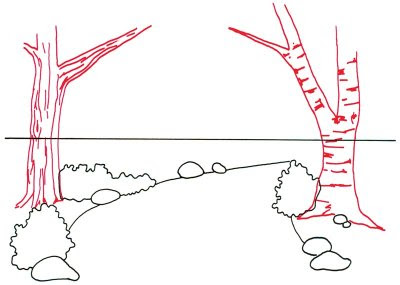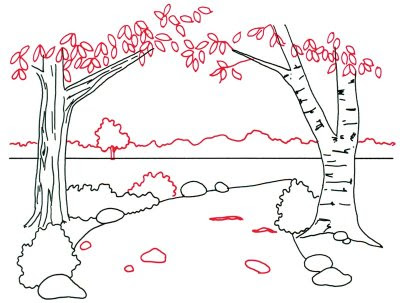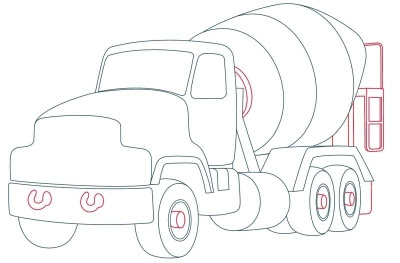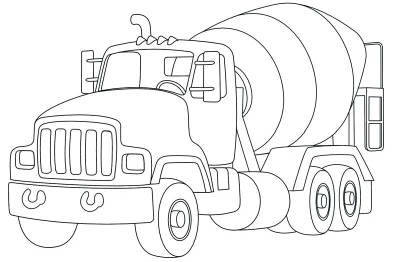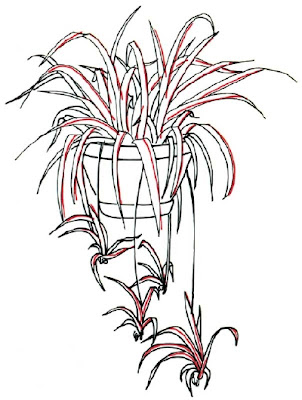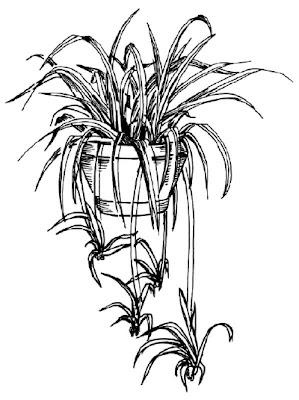Australia's Sydney Opera House is one of the most recognizable buildings in the world. You'll have a great time learning how to draw this unique and beautiful building.
 In this section, we'll show you how to draw the Sydney Opera House. You can draw it freehand while looking at your computer monitor, or you can print out this page to get a closer look at each step.
In this section, we'll show you how to draw the Sydney Opera House. You can draw it freehand while looking at your computer monitor, or you can print out this page to get a closer look at each step.Here, we'll show you an illustration of each step and then give you a description of how to draw it. Follow the red lines in each illustration to learn exactly what to draw in that step. The lines drawn in previous steps are shown in gray.
 1. Rectangles and Triangles
1. Rectangles and TrianglesSketch the basic shape of the building with two horizontal lines, rectangles, and triangles.
 2. Arches
2. ArchesAdd different levels to the rectangles using straight lines. Form arches on the triangles and below using curved lines.
 3. Curve Lines
3. Curve LinesDetail the arches using curved lines that join at the top. Draw a curved line under the lower left-hand arch. Add additional curved lines to the arches on the right-hand side as shown.
Draw straight horizontal lines to two sections of the left-hand rectangle. Sketch an odd-shaped diamond. Add the door with an incomplete rectangle.
 4. Ribs and Water
4. Ribs and WaterSketch ribs on the arches with curved lines. Draw squiggles for the water line. Detail the building with rectangles, a V-shaped figure, and horizontal lines.
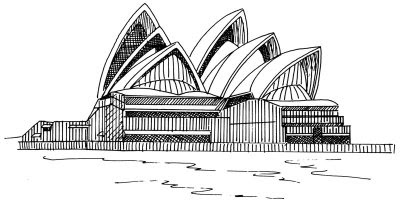 5. Details
5. DetailsFinish the drawing by adding many straight vertical lines for the wood and arches. Draw diagonal lines inside the arches and windows to show depth.
Your drawing is finished! Even if you don't get it right the first time, keep practicing until you're happy with your drawing. A classic diner is a great place to meet for food and fun
Your drawing is finished! Even if you don't get it right the first time, keep practicing until you're happy with your drawing. A classic diner is a great place to meet for food and fun


